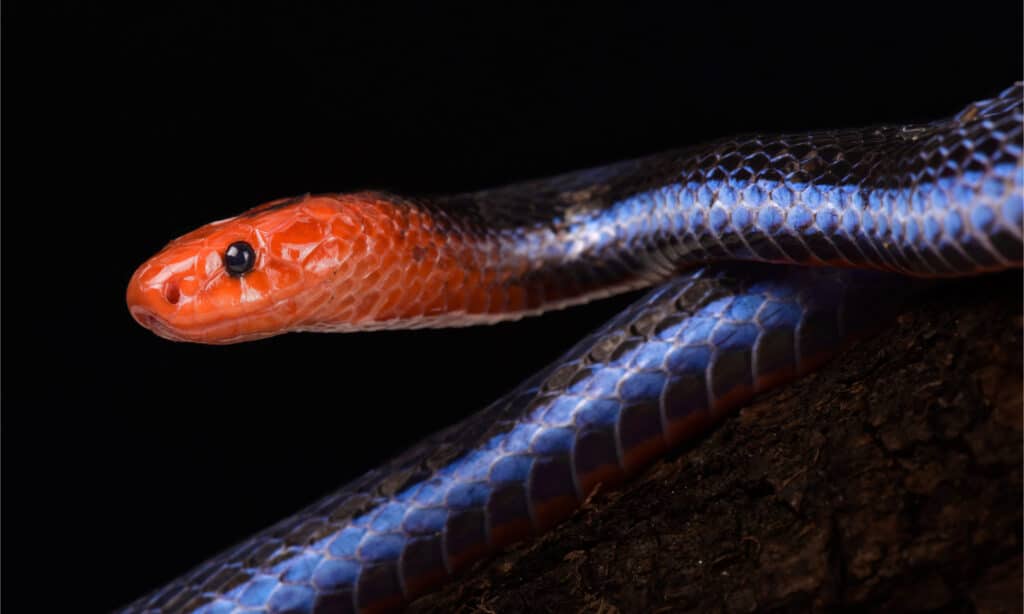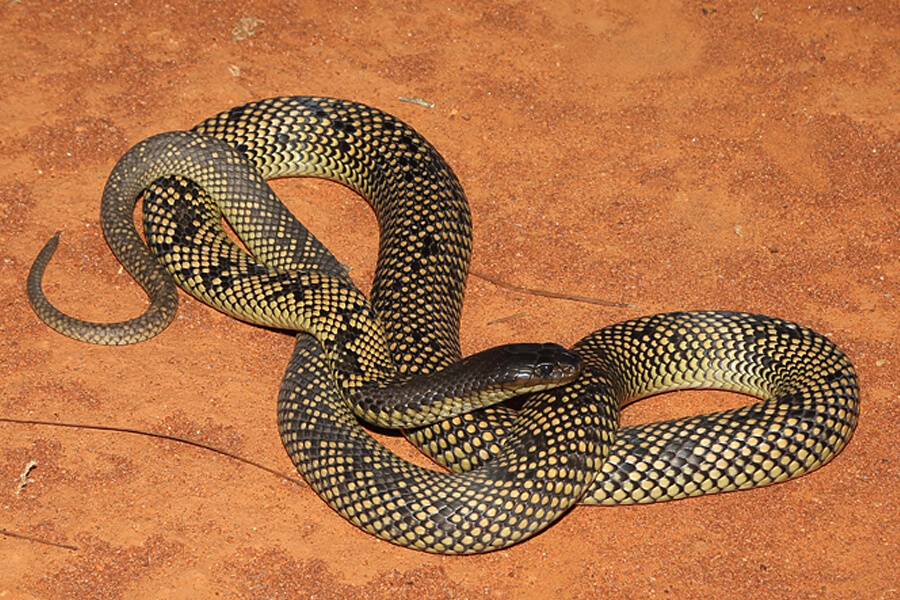Introduction
Snake bites are a significant medical emergency situation that can take place in numerous environments, specifically in regions where snakes prevail. In Australia alone, there are various species of venomous snakes such as the Tiger Serpent, Eastern Brown Serpent, and King Brown Snake. Understanding just how to effectively take care of snake bites is essential for any person who spends time outdoors or lives in backwoods. This article will explore detailed first aid management techniques for serpent attacks and outline Go to the website best techniques for replying to these incidents.
First Help Management of Snake Bites: Best Practices for Every Situation
When dealing with a serpent bite, the initial response can substantially impact the target's outcome. Immediate action is important due to the fact that swift medical intervention usually establishes the extent of injury or survival price. Here are vital emergency treatment principles to remember:
Stay Calm: The very first step in taking care of a snake bite is to remain calm. Panic can boost heart prices and raise the spread of poison throughout the body. Call for Help: Dial emergency solutions immediately. Provide them with your area and any kind of information about the snake if possible. Keep the Victim Still: Motivate the sufferer to stay as still as possible. Activity can enhance blood circulation, speeding up venom absorption right into the bloodstream. Positioning: If viable, position the afflicted limb at or listed below heart degree. This positioning helps slow down poison spread. Remove Tight Clothing: Loosen up any kind of apparel or fashion jewelry around the bite site; swelling might happen swiftly after a snake bite. Do Not Use Ice/Cold Packs: Contrary to common belief, using ice can intensify tissue damages and must be avoided.Understanding Snake Species and Their Habitats
Tiger Serpents and Their Habitat
Tiger serpents (Notechis scutatus) are among Australia's many well-known poisonous snakes because of their aggressive nature and potent venom.

- Habitat: They commonly occupy coastal regions, marshes, and areas with dense vegetation like marshes and swamps. Risks: Awareness of local tiger snake habitats can decrease the danger of experiencing one unexpectedly.
Eastern Brown Snakes: A Significant Threat
The Eastern Brown Snake (Pseudonaja textilis) is one more highly venomous varieties discovered throughout eastern Australia.

- Habitat: This serpent flourishes in urban areas, agricultural lands, and grasslands. Behavior: Known for its quick strikes when threatened, recognizing its actions may aid reduce encounters.
Recognizing Signs and symptoms of Snake Bites
Identifying symptoms beforehand can enhance opportunities of reliable treatment:
Local Symptoms:- Pain and swelling around the bite site Discoloration or bruising
- Nausea or vomiting Difficulty breathing Signs of shock (e.g., light skin, quick heartbeat)
First Help Methods for Details Serpent Bites
First Aid for Tiger Snake Bite
In case of a tiger snake bite:
Stay calmness; maintain still. Call emergency services immediately. Immobilize the affected limb utilizing a splint if available. Do not try to draw out venom or use ice.First Aid for Eastern Brown Serpent Bite
For an eastern brown snake bite:
Keep calm; guarantee the victim. Call emergency services without delay. Position them conveniently while staying clear of movement. Mark the sides of swelling with a pen when possible for observation.Creating Your Snake Bite First Aid Kit
A well-prepared emergency treatment package can make all the distinction during emergency situations:
|Thing|Objective|| -------------------------------|---------------------------------------------------|| Compression bandages|To incapacitate arm or legs|| Clean and sterile gauze|To cover injuries|| Antihistamines|For allergic reactions|| Emergency get in touch with numbers|Quick accessibility during situations|| User's manual|Detailed support on handling emergencies|
What Must You Never ever Do When Treating a Serpent Bite?
Here's a checklist of common challenges when treating snake attacks:
Do not use tourniquets; they can create more injury than good. Avoid cutting right into or attempting to draw out poison from the wound. Never offer alcohol or stimulants to victims as it might intensify their condition.FAQs Concerning First Aid Administration of Snake Bites
Nocturnal snakes Australia1. What should I do if I see a snake?
Stay calm and retreat gradually without abrupt movements.
2. Just how do I recognize if a snake is venomous?
Research local species' attributes; lots of have distinct color patterns or markings.
3. Can I utilize ice on a snake bite?
No, applying ice can enhance tissue damage.
4. How much time do I have actually after being attacked before seeking medical attention?
Seek medical interest promptly-- time is essential with poisonous bites!
5. Is it secure to drive myself to the health center after a bite?
No! It's risky as signs may intensify en path; wait for expert help.
6. Are all snakes in Australia dangerous?
No! While Australia has several hazardous serpents, there are additionally non-venomous species that position no threat.
Conclusion
The first aid monitoring of serpent bites requires timely action combined with knowledge concerning local varieties' habits and environments like those of tiger serpents and eastern brown snakes in Australia. By following ideal techniques described above-- such as staying tranquility, calling emergency situation solutions promptly, and understanding what not to do-- you dramatically does tasmania have snakes improve survival opportunities after such mishaps occur.

Equipping yourself with expertise regarding various kinds of serpents in your area and preparing an appropriate first aid kit will certainly ensure you prepare should an encounter arise-- making you far better prepared to handle this potentially lethal circumstance effectively!